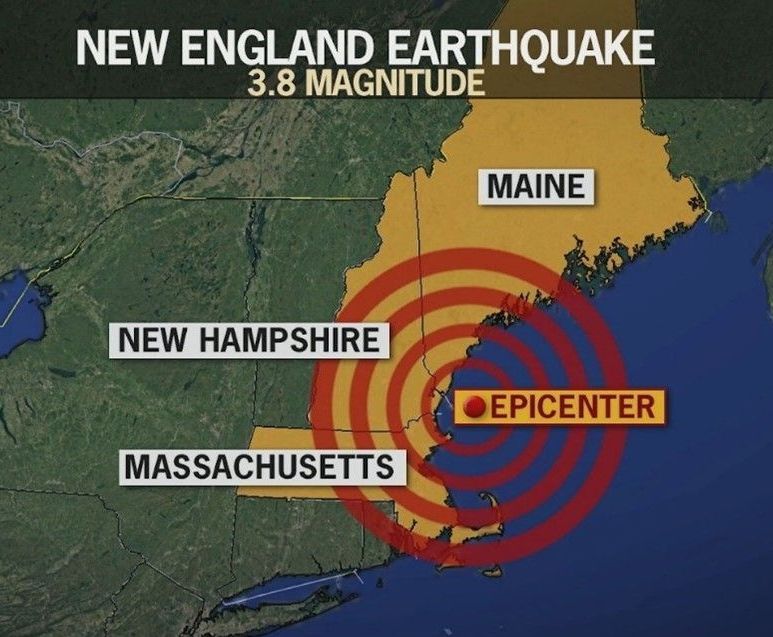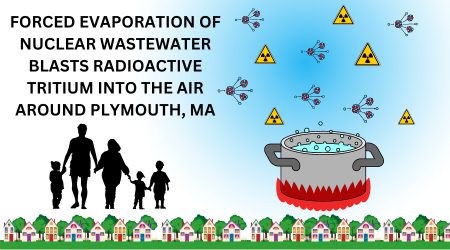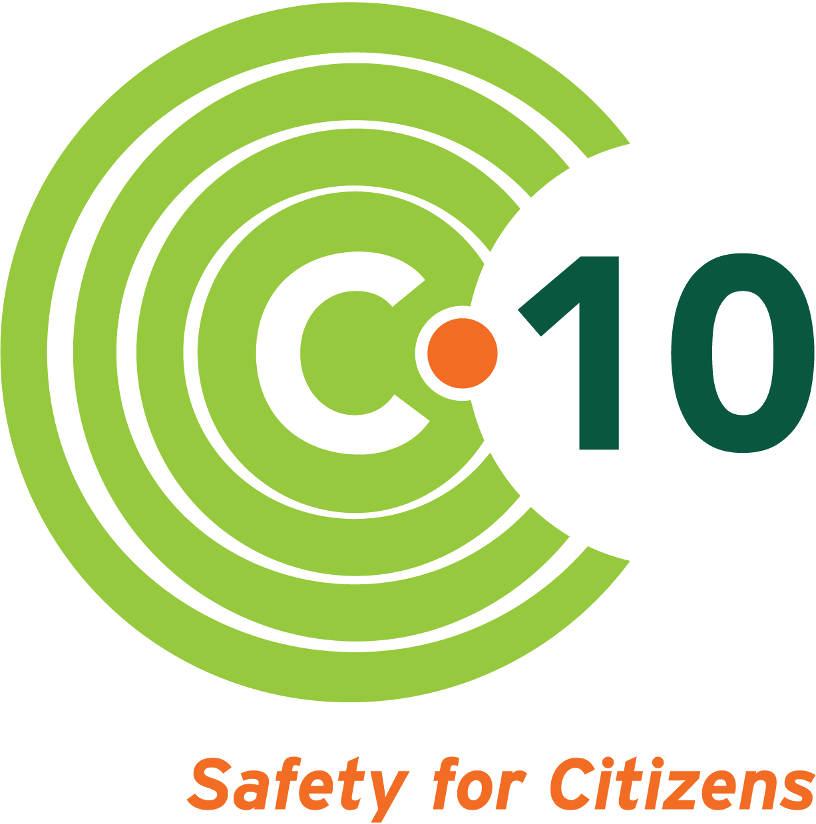When a baguette is not a baguette
- By Natalie Hildt Treat
- •
- 02 Oct, 2019
The representativeness of Seabrook's concrete testing program hinges on the components used at a lab in Texas
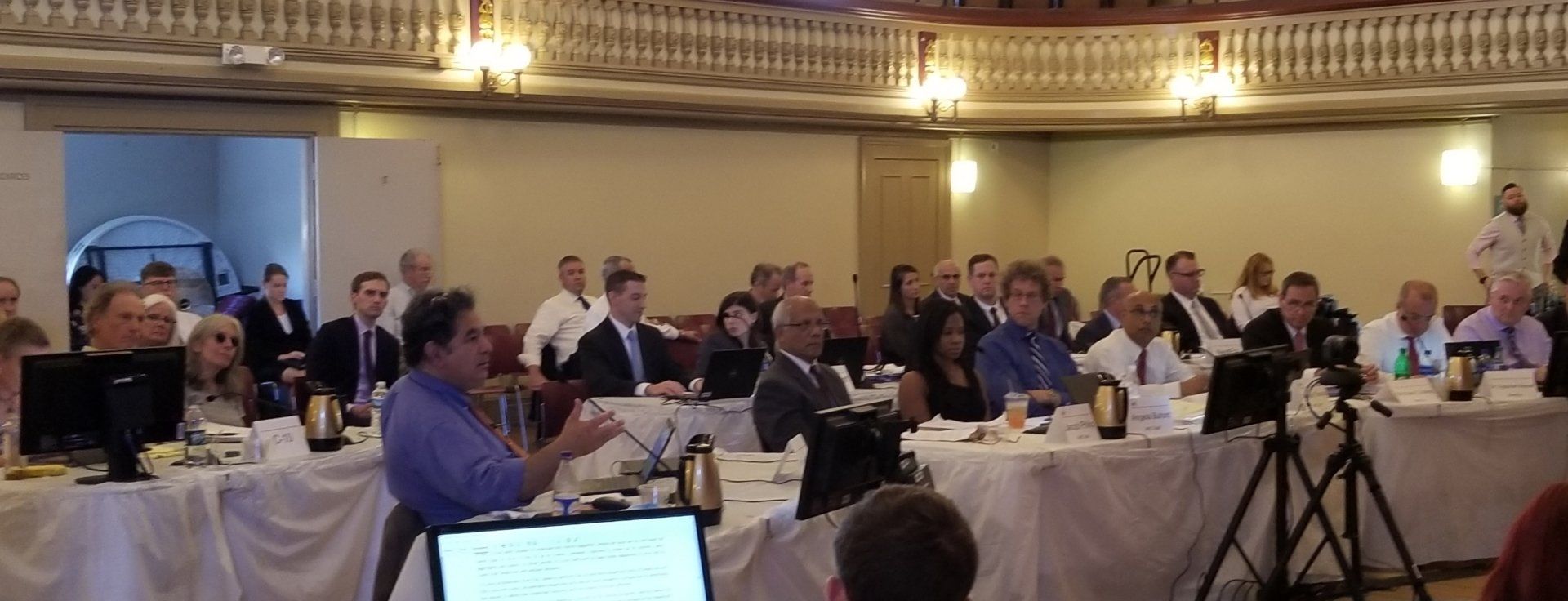
- Dr. Victor Saouma, on day three of the hearing on Seabrook Station's degraded concrete.
Kung Fu fighting
As I watched our expert witness Dr. Victor Saouma
at last week’s federal hearing on Seabrook’s concrete, I had visions of a Kung Fu master who could handily dispense with one attacker after another. It was a very technical hearing; perhaps my imagination got carried away. But truly, Dr. Saouma sounded like the most knowledgeable person in the room when it came to the complex problem called alkali-silica reaction (ASR) that is eating away at the concrete meant to protect us from radiological exposure. The three judges from the Nuclear Regulatory Commission’s Atomic Safety and Licensing Board (ASLB) were extremely attentive, and asked very good questions.
C-10 has described our case to call for better testing, monitoring and analysis of the serious condition affecting the nuclear plant’s concrete structures as “David versus Goliath.” In reality, we’re facing two Goliaths; both Seabrook owner NextEra and the staff of the U.S. Nuclear Regulatory Commission seem equally intent on getting our case before ASLB the tossed out on procedural grounds. Could it be because our witness, one of the world’s leading experts on the irreversible condition also referred to as “concrete cancer,” has them on the defensive, on substantive matters? Sure looks like that to us.
When C-10 first asked the ASLB for a hearing regarding NextEra’s license amendment request (LAR) back in 2017, we had no lawyer. We had no expert. Our volunteer board of directors did their best in assessing what they saw as some serious problems. Any layperson would see that a lab in Texas—where NextEra’s paid consultants conducted the Large Scale Testing Program that would serve as the basis for future monitoring and concrete-aging management plans—was a poor stand-in for what’s been happening at a nuclear reactor on the New Hampshire salt marsh over the past 30 years. Yet the idea of the “representativeness” of these tests is at the crux of this case.
Did we get everything right in our initial filing? No. We were amateurs, but we knew we were onto something. The ASLB agreed when they granted us standing
in the case. The judges that Dr. Saouma faced began by asking him about his written testimony, submitted prior to the hearing. One asked if Saouma still believed that NRC and NextEra lacked the expertise to assess this problem. “More so than before,” he replied.
It was dense material, and sometimes a tense atmosphere, as the seven NextEra experts and four from NRC tried to pick apart C-10’s case. But more than once, a judge was heard uttering the words, “I’m concerned,” directed at NextEra in regards to its testing program. Ultimately, the hearing stretched over almost four full days at Newburyport City Hall during the week of September 23, 2019.
Bell bottoms and Atari 2600
When commercial nuclear reactors were first being built in the United States, the problem of alkali-silica reaction was virtually unknown. At the hearing there was much discussion of the state of knowledge and construction codes back in the mid-1970s, when Seabrook was built. Not only was ASR not known to be a problem (and thus not described in NRC regulations), but the techniques and technologies now used to monitor, analyze and model concrete degradation are vastly improved from four or five decades ago.
While ASR is well-known in other concrete structures like bridges and dams, Seabrook is the first U.S. nuclear plant where it has been discovered (its presence in reactors in Canada and Belgium contributed to their early shut-down). "There's no standard for a nuclear reactor suffering from ASR. We need to start thinking outside of that box," said Dr. Saouma during the hearing. A compilation of all of Dr. Saouma's testimony, in redacted form, is here.
A baguette is not a baguette
Those who attended C-10’s annual public meeting back in June will recall Dr. Saouma’s presentation and his memorable analogy comparing concrete to bread. A baguette in Paris is different from one from Whole Foods, he explained, because you have different ingredients.
Indeed, what Saouma kept hammering NextEra's team about is that the components used to mix up test concrete at the Ferguson Structural Engineering Lab (FSEL) in Austin, Texas, were different enough from the components in Seabrook’s concrete to impact not only the test results, but all of the subsequent assumptions about Seabrook’s actual structures.
In a motion filed with the Board on September 30, C-10 has urged the ASLB to compel NextEra to produce data on the mineralogy of the testing in Texas, noting that it affects the length of time ASR has propagated. With all the compelling arguments that Dr. Saouma made about the inadequacy of NextEra’s testing and analysis, we must try to win on “representativeness,” the core of our contention:
The large-scale test program, undertaken for NextEra at the FSEL, has yielded data that are not “representative” of the progression of ASR at Seabrook. As a result, the proposed monitoring, acceptance criteria, and inspection intervals are not adequate.
- C-10’s accepted contention, reformulated by ASLB
What you can’t see could hurt you
While NextEra’s monitoring program is focused on surface cracking and core samples, Dr. Saouma explained that with ASR, there may be a process underway that we cannot see, deep inside the concrete.
“NextEra and NRC Staff refused to give credence to the possibility of ‘delamination’ (large internal cracks) within the core reactor Containment Enclosure Building, that is not visible on any surface. Yet they had one of the world’s leading experts on ASR telling them squarely that it can happen,” reflected C-10 board member Chris Nord.
“I think it is not too strong of an analogy to use Fukushima—where the owners and regulators knew the risk of both major earthquake and tsunami, and yet left their reactor complex completely unprepared for the actual event. Shouldn’t the regulator here insist that the LAR account for this real possibility?” Nord asked.
“One key observation from the hearing is that while an appropriate scientific and holistic approach was needed to assess and plan to manage the ASR, NextEra took a myopic view and the NRC appeared to rubber-stamp it,” noted C-10’s Diane Teed. “From the outset, there was no search for reliable experts in ASR to design, review or evaluate FSEL test results and, subsequently, no use of ASR experts to conduct an independent peer review,” said Teed.
“NextEra has been looking at the expansion problem through a distorted rear-view mirror,” said Dr. Saouma about the behavior of concrete with ASR. “What is needed is a forward-looking approach.”
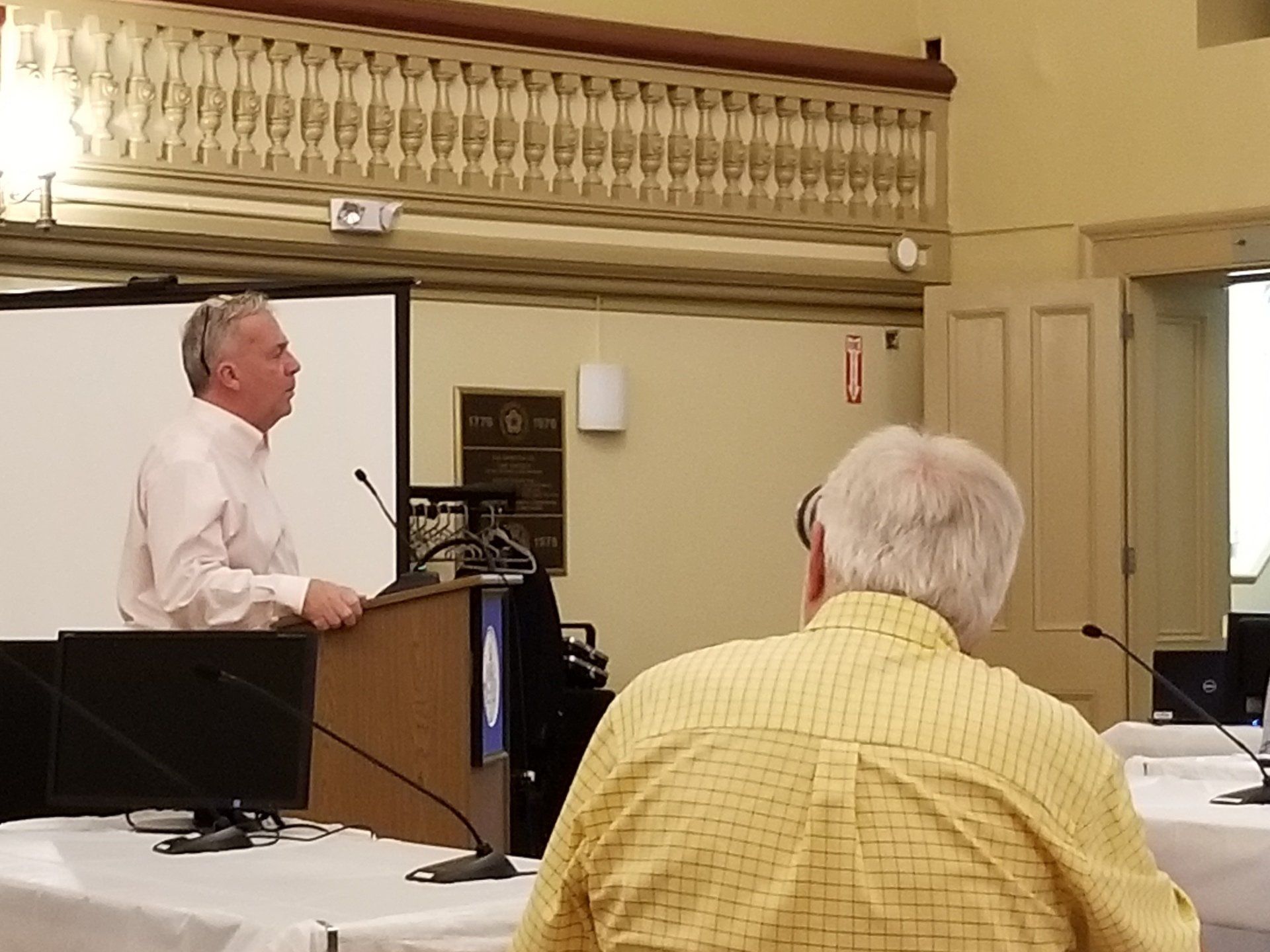
Close to 100 concerned citizens as well as government officials filled Newburyport City Hall Auditorium on Monday, September 23 for a chance to tell the ASLB judges what they think.
“It's the AG's view that the NRC has already undermined the public's trust after its decision making, so this is a chance to restore that trust,” said Alex Bradley, of the Massachusetts Attorney General’s Office, and also a Newburyport native.
“Yes. Concrete cracks are a cause for concern, but the cracks in procedures that allow for license renewal contrary to facts are distressing. Both need to be monitored and fixed to ensure the health and safety of the general public. This is your responsibility,” Newbury’s John Gibson told the judges.
“When dealing with the public safety, I think it's really important to expect the unexpected” testified Newburyport City Councilor Afroz Khan, speaking as a resident. “It is the unexpected that has led to the largest nuclear disasters in our recent history. So I'm asking that the Atomic Safety and Licensing Board please take the necessary actions in assuring our safety. We are relying on your oversight and your guidance in safeguarding this affected concrete containment vessel that lies a mere 9-1/2 kilometers from this very spot,” Khan concluded.
Will the judges agree, and send NextEra back to the drawing board with their concrete-aging management plans? Or will a narrow legal interpretation, disregarding Dr. Saouma’s expert testimony—as well as the concerns of dozens of members of the public who spoke out in favor of a cautionary approach—win the day?
Time will tell. Hearing transcripts will be released and scrutinized in the coming weeks, and proposed findings by the parties are due on November 21. The judges anticipate they will deliver their ruling on the case in January or February of 2020.

Excerpt from opening statement by Attorney Diane Curran:
As C-10 recognized from the start, ASR poses significant risks to critical safety structures at Seabrook. These safety structures, including the containment enclosure building and the spent fuel storage pool, stand between the public and the radioactive materials in the nuclear plant. Not visible to the naked eye, ASR is called the cancer of concrete. It rots concrete from the inside, due to a pernicious reaction between the components of concrete and the factors of time, temperature, and relative humidity.
The biggest concern posed by ASR at Seabrook is this: if severe enough, ASR may weaken concrete safety structures to the point that they crack during an earthquake and release radiation to the environment. This would not be a freak earthquake of great magnitude, but an earthquake of the severity that can be expected on the New Hampshire seacoast and which Seabrook was designed to withstand. This is called the “design-basis earthquake.” Because of ASR, the assurances of safety to withstand a design basis earthquake that were given at the time Seabrook was built and licensed can no longer be trusted.
This license amendment proceeding is important to C-10 and the public because it is a key juncture when NextEra must reckon with ASR and prove to the NRC that Seabrook can safely operate in spite of ASR.
Now that the NRC has approved the renewal of Seabrook’s operating license, a moment of maximum accountability like this will not happen again. Unless something is done now to correct the serious problems with NextEra’s program for addressing ASR in the coming 30 years, any further action on ASR will be a matter of enforcement discretion by the NRC Staff—the same group that has signed off on the adequacy of NextEra’s program already.
Thus, this moment is crucially important to C-10 and the public. And we have used it to demonstrate, in the evidence we have presented, that NextEra’s assessment of the state of ASR in Seabrook concrete structures is grossly inadequate because NextEra has used simplistic methods to evaluate an extremely complex problem; and because the testing of concrete specimens that NextEra undertook to calibrate its proposed monitoring program was not representative of concrete at Seabrook. Therefore, NextEra has not met its burden of proving that its monitoring program is comprehensive or rigorous enough to detect and assess the progression of ASR over the next 30 years.
The NRC has no regulatory standards for ASR, nor is there any guidance for ASR in nuclear reactors. Instead of conducting a rigorous review that included peer review, the NRC Staff effectively delegated to NextEra its own responsibility for developing standards that would ensure the safety of Seabrook over the next 30 years, despite the presence of ASR.
C-10 is now providing the rigorous peer review that the NRC Staff should have obtained in the first place, and demonstrating through Dr. Saouma’s testimony that NextEra’s proposed standards for monitoring and evaluating ASR are fundamentally inadequate. It should not be the case that a member of the public must step in to provide the type of rigorous and independent analysis that the problem of ASR demands.
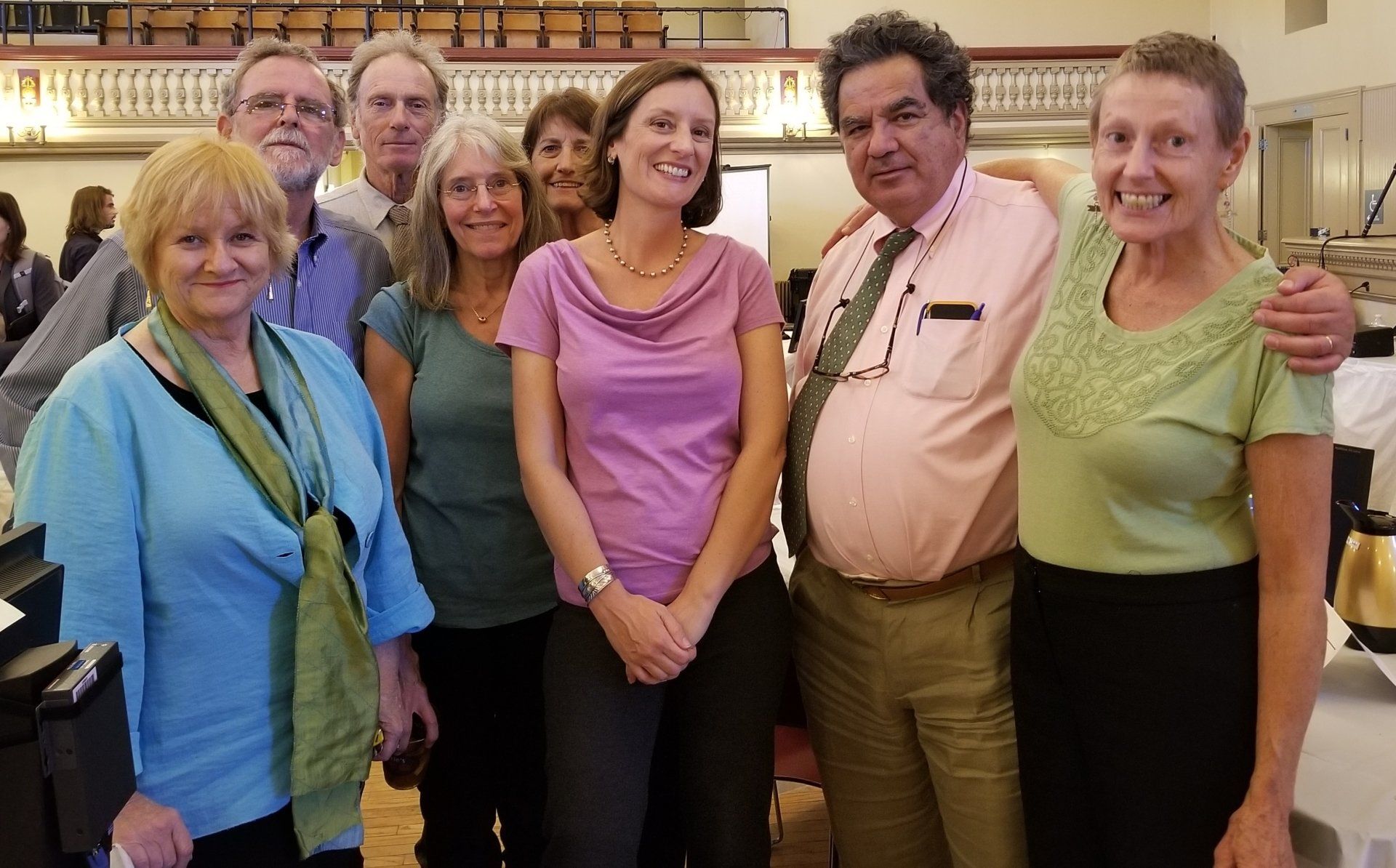
For links to recent news coverage, including by the Newburyport Daily News and N.H.Public Radio, click here.
Follow us

